Rising Demand in E-commerce
The Lightweight Conveyor Belting Market is experiencing a surge in demand driven by the rapid growth of e-commerce. As online shopping continues to expand, logistics and warehousing operations are increasingly reliant on efficient material handling systems. Lightweight conveyor belts facilitate the swift movement of goods, thereby enhancing operational efficiency. According to industry reports, the e-commerce sector is projected to grow at a compound annual growth rate of over 15% in the coming years. This growth necessitates the adoption of advanced conveyor systems, which in turn propels the demand for lightweight belting solutions. Companies are investing in automation and conveyor technology to streamline their supply chains, indicating a robust market potential for lightweight conveyor belting.
Growth in Food and Beverage Sector
The Lightweight Conveyor Belting Market is witnessing growth fueled by the expansion of the food and beverage sector. As consumer preferences shift towards convenience and ready-to-eat products, manufacturers are increasingly adopting conveyor systems to meet production demands. Lightweight conveyor belts are particularly suited for this industry due to their ability to handle various food products while ensuring hygiene and safety standards. Reports indicate that the food and beverage industry is projected to grow at a steady rate, with investments in processing and packaging technologies on the rise. This growth creates a favorable environment for lightweight conveyor belting solutions, as companies seek to enhance efficiency and comply with stringent regulations.
Increased Automation in Manufacturing
The Lightweight Conveyor Belting Market is significantly influenced by the trend towards increased automation in manufacturing processes. As industries strive for higher productivity and reduced labor costs, the integration of automated systems becomes essential. Lightweight conveyor belts are integral to these systems, providing efficient transport of materials and products within manufacturing facilities. Data suggests that the automation market is expected to grow substantially, with investments in robotics and conveyor systems reaching new heights. This trend not only enhances operational efficiency but also reduces the risk of workplace injuries, further driving the adoption of lightweight conveyor belting solutions. The shift towards smart manufacturing is likely to sustain this demand in the foreseeable future.
Technological Innovations in Material Handling
The Lightweight Conveyor Belting Market is being propelled by technological innovations in material handling solutions. Advancements in materials science have led to the development of lightweight, durable, and flexible conveyor belts that cater to diverse industrial applications. These innovations not only improve the performance of conveyor systems but also reduce energy consumption, aligning with sustainability goals. The market for advanced conveyor technologies is expected to expand, with companies increasingly adopting smart technologies such as IoT and AI to optimize operations. This trend indicates a growing preference for lightweight conveyor belting solutions that can integrate seamlessly with modern material handling systems, thereby enhancing overall productivity.
Focus on Sustainability and Eco-friendly Solutions
The Lightweight Conveyor Belting Market is increasingly influenced by a focus on sustainability and eco-friendly solutions. As industries face pressure to reduce their environmental footprint, the demand for lightweight conveyor belts made from recyclable and sustainable materials is on the rise. Companies are actively seeking solutions that not only enhance operational efficiency but also align with their corporate social responsibility goals. The market for sustainable conveyor solutions is projected to grow, driven by regulatory pressures and consumer preferences for environmentally friendly products. This shift towards sustainability is likely to create new opportunities for lightweight conveyor belting manufacturers, as they innovate to meet the evolving demands of eco-conscious consumers.



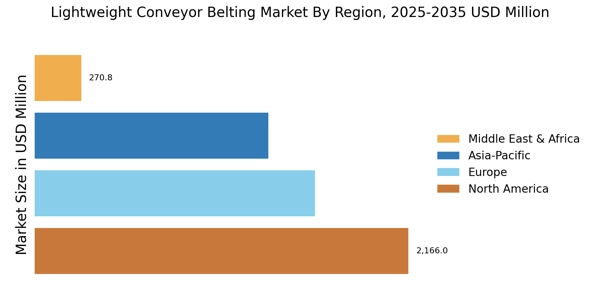
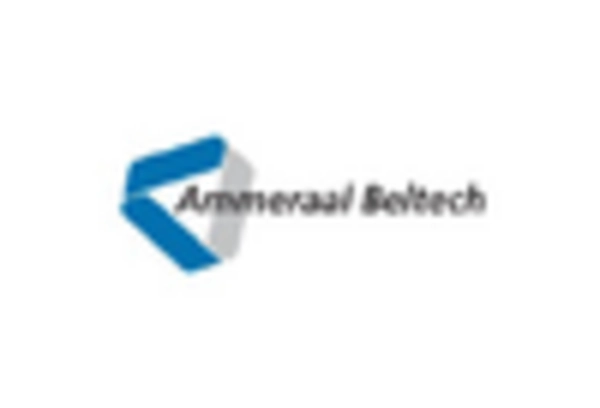
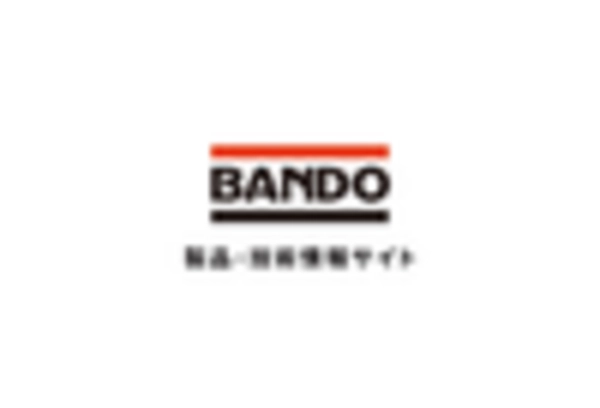

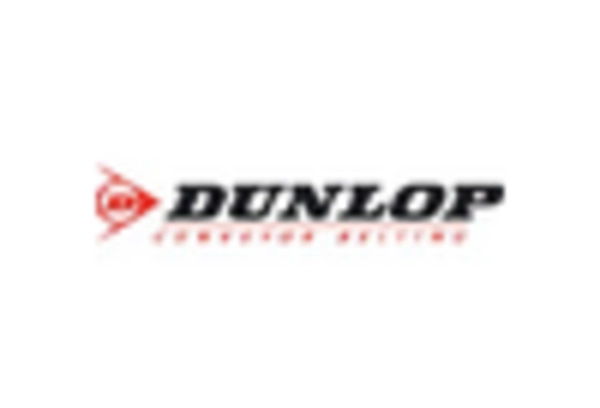
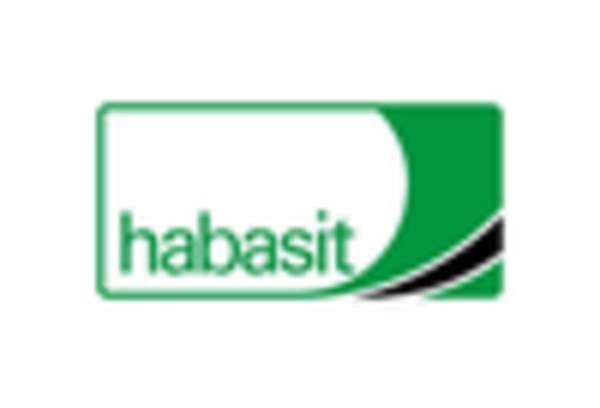
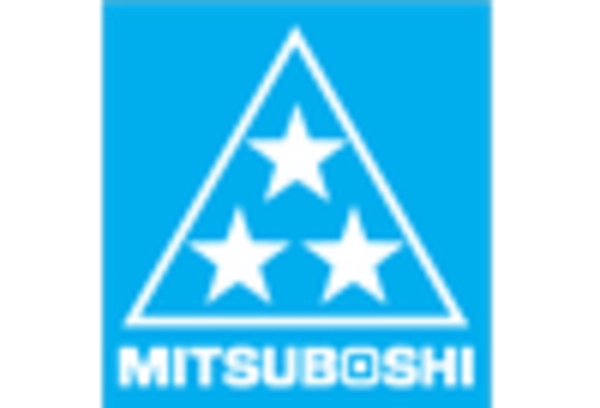








Leave a Comment